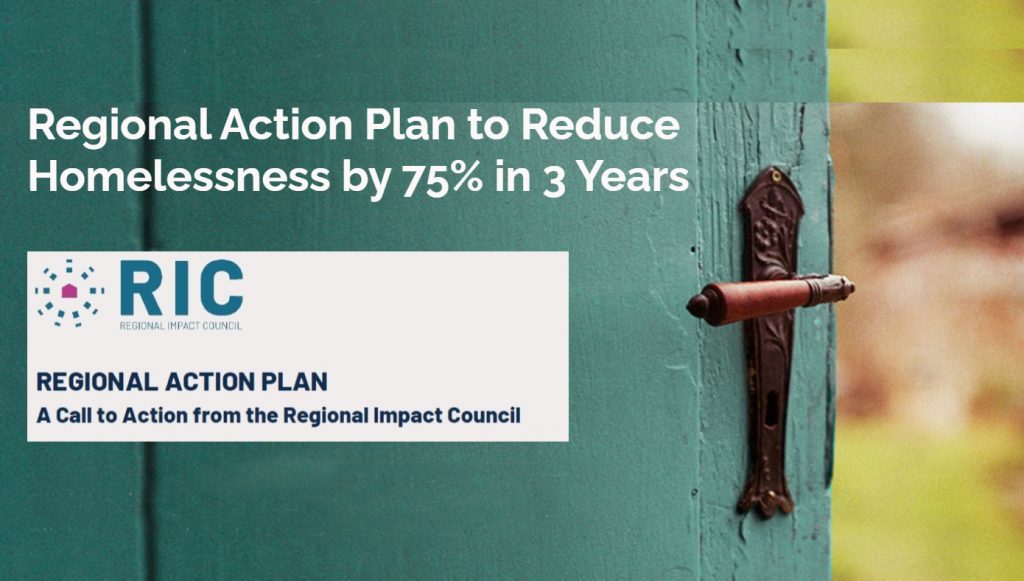All Home’s Regional Impact Council (RIC), a cross-functional group of dedicated policymakers, business, equity, and labor leaders, and housing advocates, released its ambitious Regional Action Plan (RAP) on Tuesday, which aims to reduce the number of people experiencing homelessness in the Bay Area by 75% within three years.
This is a responsive solution aimed to address homelessness, establish a more prosperous region, and close racial disparities – made more pressing by the COVID-19 Pandemic, which devastated the job market and added to the population of 35,000 Bay Area residents who were already unhoused. BIPOC populations are disproportionately represented in the homeless population.
“MidPen is proud to partner with All Home and ardently supports these strategies to address and prevent homelessness,” said Matt Franklin, President and CEO MidPen Housing. “By proposing to allocate more existing state funding to serving people with extremely low incomes, the Framework will close racial disparities in housing, promote social justice and racial equity and significantly boost the public benefit return on state dollars.”
The RIC’s plan aligns with MidPen Housing’s Five-Year Strategic Plan, both of which call for housing solutions and actions that lead with racial equity and economic inclusion. Prioritizing permanent affordable housing funding for ELI households will serve those with the greatest need and ensure a permanent exit for those experiencing homelessness, particularly in underserved areas.
A vital component of the RAP is the 1-2-4 Framework, which approaches homelessness prevention and ELI population sustainability via investment in three strategies simultaneously and proportionately. This includes homelessness prevention; interim or emergency housing; and permanent, deeply affordable, supportive housing and housing subsidies. It defines eight strategic priorities to house and stabilize individuals and initiate preventive measures:
– Accelerate cash payments to people impacted by COVID-19
– Provide income-targeted rental assistance to those affected by COVID-19
– Accelerate targeted, data-informed regional prevention model
– Extend eviction moratoria
– Secure shelter-in-place (SIP) housing placements
– Streamline state funds and applications for housing
– Prioritize ELI for housing resources
– Extend covenants of affordability to preserve housing supply and funding for ELI tenancy
The total five-year cost of sheltering 75% of the unsheltered population, while also investing in preventative interventions and permanent housing solutions is estimated at $6.5 billion. It will require a combination of new and existing resources. The approach addresses the near-term crisis. It also creates more permanent housing solutions with a broad array of preventative initiatives to mitigate the unsheltered population inflow.
